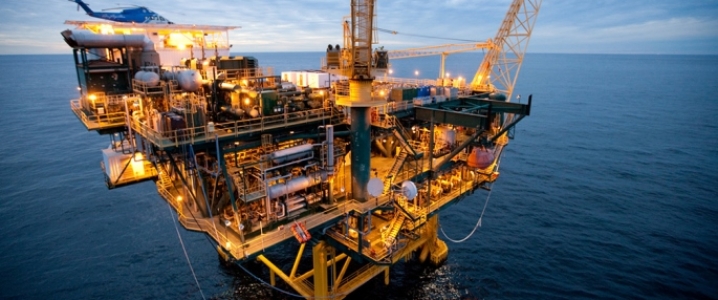Five years after former president Enrique Peña Nieto ended Pemex’s monopoly and opened Mexico’s oil industry to private foreign investment, the new administration is betting again on the state oil firm to turn around the country’s production which has been declining each year since its 3.4-million-bpd peak in the early 2000s.
Mexico holds a lot of recoverable resources, including in shallow waters and deepwater, shale resources, and conventional onshore resources. There’s a lot of potential, considering that 70 percent of Mexico’s estimated recoverable resources are yet to be tapped and developed, some of them at favorable economics, Forbes contributor Michael Lynch says.
Recent discoveries offshore Mexico are estimated to be much larger than recent finds in the U.S. Gulf of Mexico at comparable depths, according to Lynch.
Yet, Mexico’s oil production, exploration, and investment climate for the next few years depends on the new administration’s policies in the energy sector.
Mexico’s new President Andrés Manuel López Obrador—in office since December 1—has been opposing his predecessor’s energy reform. López Obrador also wants a greater role for Pemex in reversing the downward trend in Mexican oil production.
Just two weeks into his new job, López Obrador suspended new oil auctions for three years, essentially shelving one auction that was slated to be held in February.
To be sure, Mexico is not rescinding the contracts that have already been awarded, but López Obrador wants foreign firms to invest and show they can start production from fields they have discovered. Related: Saudi Arabia: We’ll Pump The World’s Very Last Barrel Of Oil
Since the 2013 energy reform, Mexico has held several successful auctions attracting international majors to its oil industry. Some world-class oil discoveries in shallow waters stoked investor appetite, which López Obrador is now cooling with the three-year auction halt and demands for swift start of production.
Some foreign firms are making progress with their development plans at newly discovered oil fields, but drilling and developing offshore resources takes years to complete. Italy’s Eni had its phased development plan for Area 1 in the shallow waters of the Campeche Bay approved by Mexico in the summer of 2018, with an early production phase startup planned in mid-2019. Full field production will start in early 2021, operator Eni said last month when it announced that Qatar Petroleum would buy 35 percent in Area 1.
Talos Energy, one of the companies in the consortium which discovered the huge Zama field, said this week that “We are staying focused on working with urgency to meet the project timeline to achieve first oil by the second half of 2022.”
Meanwhile, Pemex’s crude oil production continues to decline—from 1.929 million bpd in January 2018 to 1.717 million bpd in November 2018, according to the state firm’s latest available production figures. To compare, Pemex’s crude oil production averaged 2.522 million bpd in 2013, falling to 1.948 million bpd in 2017. Eleven months into 2018, crude production averaged 1.841 million bpd last year.
López Obrador and Pemex have grand plans for reversing the decline, with the government coming to the rescue of Pemex, as the oil firm itself said last month. A new strategic plan aims to guarantee “the country’s energy security and sovereignty” and targets to raise crude oil production to 2.48 million bpd by the end of this administration’s term in office—the end of 2024. Related: Chaos Erupts In Venezuela As Trump Backs New President
“In 2019 we will stabilize production with a rebound at the end of the year, and continue increasing it in the subsequent ones,” Pemex’s new chief executive Octavio Romero Oropeza said in mid-December in the presence of López Obrador.
Pemex aims to boost exploration spending by some 10 percent annually in order to achieve its production goal, Romero Oropeza said, as quoted by the Financial Times.
Commenting on investment plans, a chief executive of one energy company told FT:
“It wouldn’t matter if they invested 10 trillion pesos in Pemex, it’s not going to happen.”
A month and a half before López Obrador took office, Fitch Ratings had said in October that Pemex would need annual capex of US$15 billion-US$18 billion to replenish reserves.
“Fitch estimates production could decline 5% per year over the next two years and stabilize thereafter. Potential increases in production from farm-outs, joint ventures and lower taxes could partially offset the production decline in the medium to long term,” the rating agency said.
By Tsvetana Paraskova for Oilprice.com
More Top Reads From Oilprice.com:
- Russia’s Wealth Fund: Oil Price War With U.S. Would Hurt Russian Economy
- Warning Signs Flash For U.S. Shale
- An Unlikely New Hotspot For Energy Storage


















